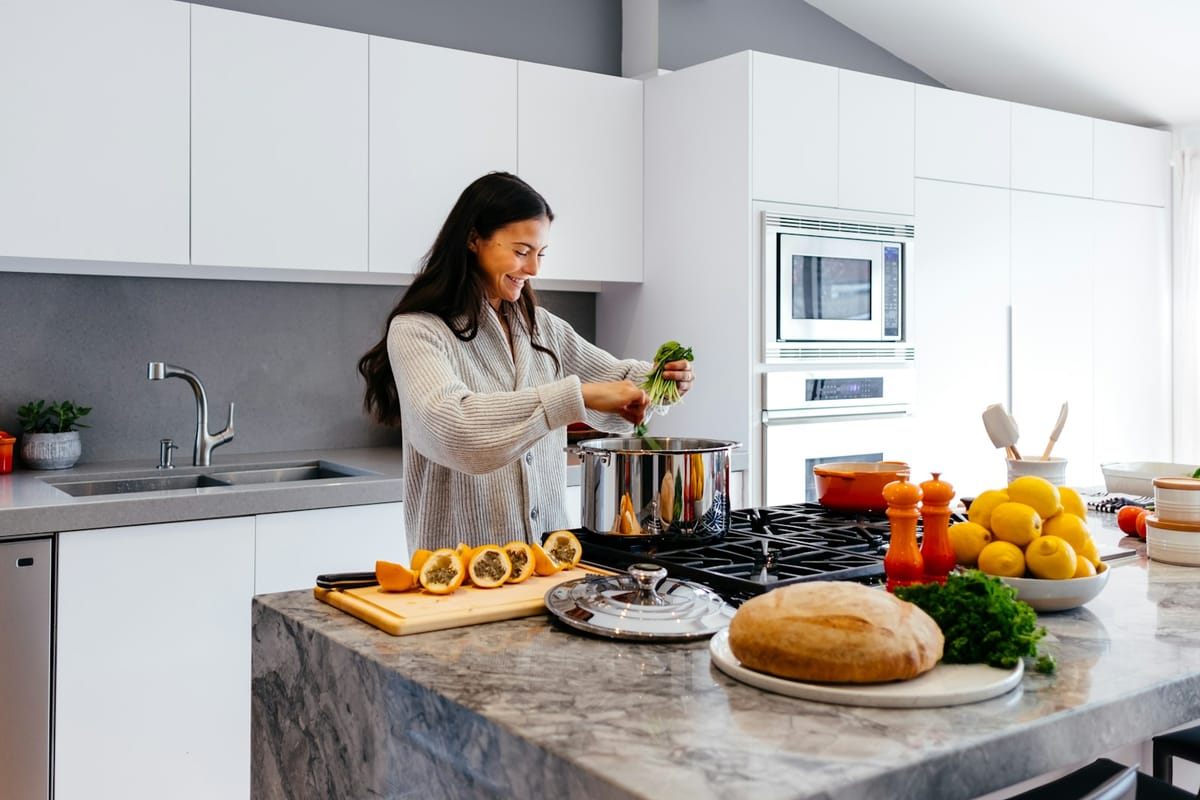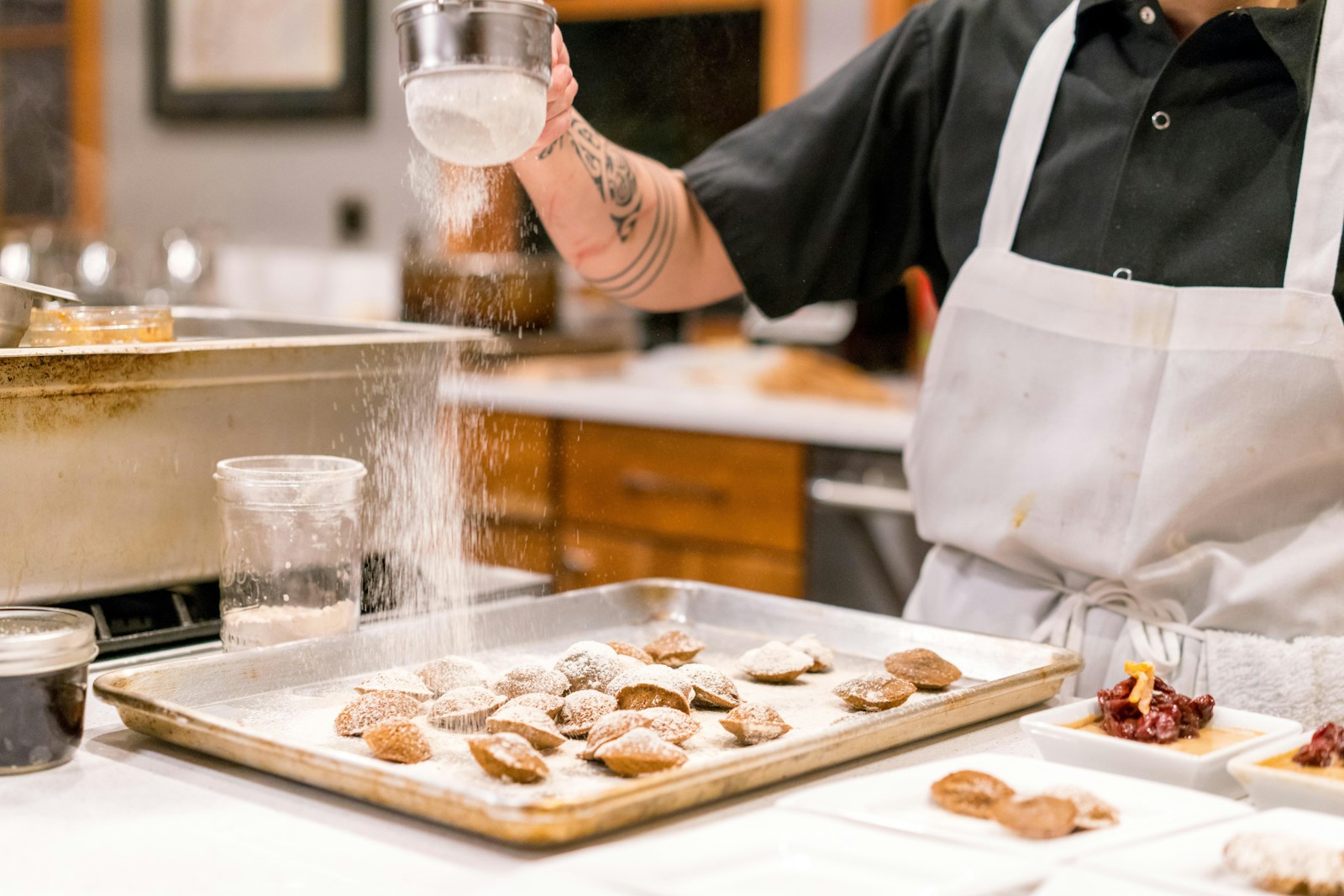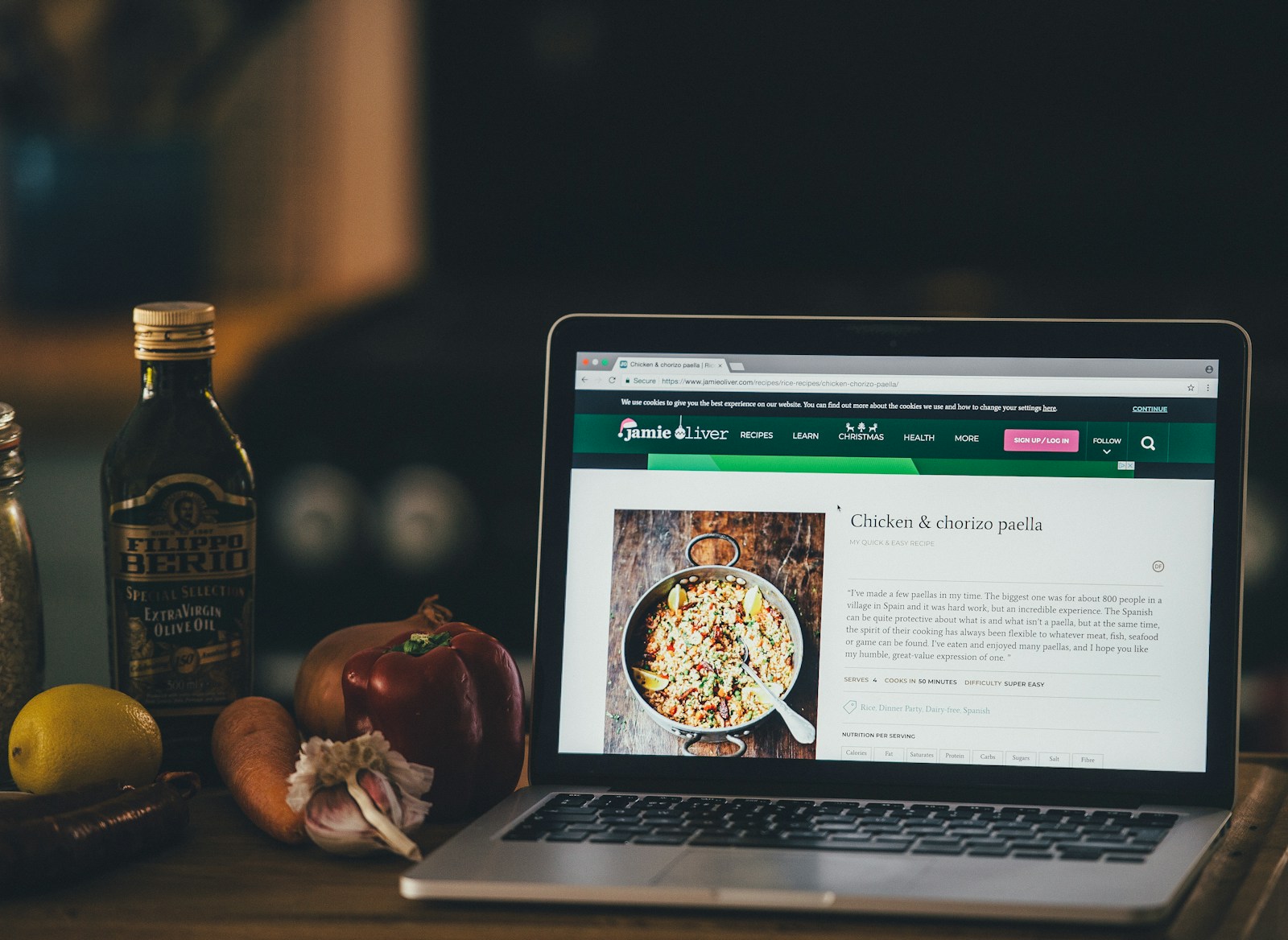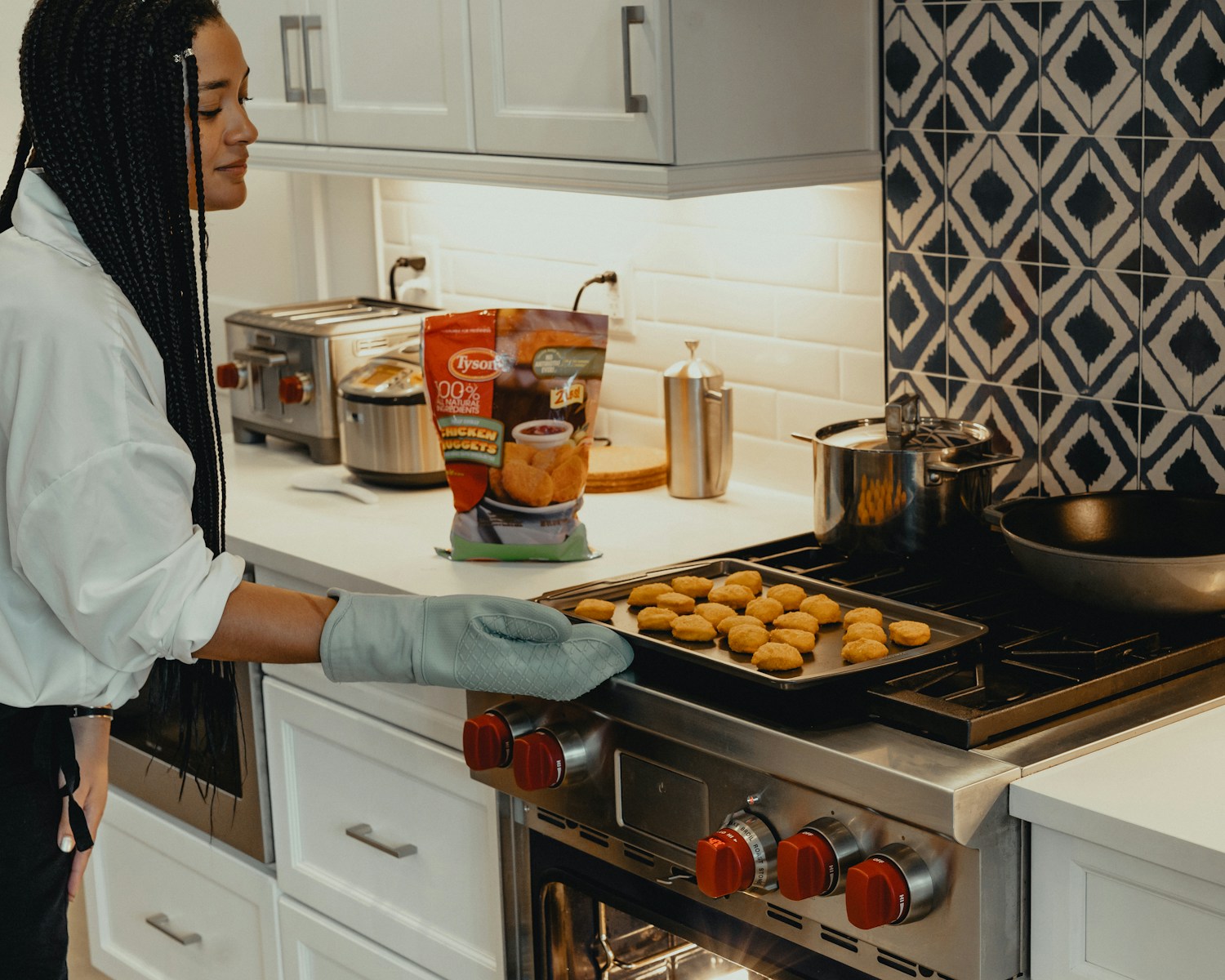Ghost Kitchen 101: See How to Start a Virtual Restaurant from Home

In recent years, the food industry has witnessed the meteoric rise of ghost kitchens, an innovative model that has revolutionized the way we think about dining. A ghost kitchen, essentially, is a restaurant without a traditional dine-in space, focusing solely on delivery and takeout orders. This concept has allowed chefs and entrepreneurs to dive into the restaurant business without the overhead costs associated with a physical dining location.
The Basics of Starting a Ghost Kitchen

Identify Your Niche and Target Market
The first step is to determine what type of cuisine or food products you want to offer. Identifying a niche that perfectly aligns with your expertise and the demand in your area can set you apart from the competition. Understanding your target market is equally important to tailor your offerings and marketing strategies effectively.
Create a Unique Concept and Brand
Developing a compelling brand and concept is crucial in the ghost kitchen model. Your brand should resonate with your target audience, conveying the essence of your cuisine and what makes it special.
Develop a Menu Suited for Delivery and Takeout
When creating your menu, consider how well dishes will travel. Focus on items that maintain their quality and presentation upon delivery. A concise menu often works best, allowing for consistency and efficiency in preparation.
Choose a Suitable Location Within Your Home
Setting up a ghost kitchen at home requires careful consideration of space. Ensure your kitchen can accommodate the necessary equipment and workflow to operate efficiently. Local zoning laws and health regulations must also be considered to ensure compliance.
Setting Up Your Ghost Kitchen
Equip Your Kitchen with Necessary Tools and Appliances
Invest in commercial-grade kitchen equipment that meets the demands of your menu. Efficiency and reliability are key to keeping your operations smooth and your food quality high.
Ensure Food Safety and Hygiene Standards Are Met
Adhering to food safety regulations is non-negotiable. Implement and maintain high standards of cleanliness and food handling practices to ensure the well-being of your customers.
Set Up a Functional Order Management System
A streamlined order management system is vital for keeping track of orders, payments, and deliveries. This system should be easy to use and integrate seamlessly with delivery platforms and your website.
Optimize Your Kitchen Space for Efficiency
Organize your kitchen layout to maximize productivity and minimize unnecessary movement. This includes setting up specific stations for prep, cooking, and packaging.

Building an Online Presence
Create an Appealing Website and Online Ordering Platform
Your website should be visually appealing, engaging, easy to navigate, and optimized for mobile devices. An efficient online ordering system is critical for a ghost kitchen’s success.
Utilize Social Media and Online Advertising
Social media platforms are powerful tools for reaching potential customers and building a community around your brand. Online advertising can also help increase visibility and drive sales.
Implement Digital Marketing Strategies
Crafting a thorough digital marketing plan integrating SEO, content marketing, and email campaigns can markedly enhance your online visibility and draw in a larger customer base.
Partnering with Delivery Platforms
Research and Select Suitable Delivery Partners
Choose delivery platforms that are popular in your area and offer favorable terms. Partnering with multiple platforms can increase your visibility and reach.
Optimize Your Menu for Delivery and Packaging
Ensure that your menu items are delivery-friendly and that you use packaging that maintains food temperature and presentation.
Determine Pricing and Delivery Options
Competitive pricing and clear delivery options are important for attracting and retaining customers. Consider offering promotions or discounts to first-time customers.
Managing Operations and Logistics
Streamline Your Order Fulfillment Process
Develop an efficient process for receiving, preparing, and dispatching orders to ensure timely deliveries and customer satisfaction.
Establish Efficient Inventory Management Systems
Keeping track of inventory and supplies is essential for reducing waste and managing costs effectively.
Implement Quality Control Measures
Consistency in food quality is paramount. Implement checks and balances to ensure that every order meets your standards.
Train and Manage Staff Effectively
Even if you start small, you may need to hire additional help as your business grows. Proper training and management ensure that your team is productive and aligned with your brand’s values.
Customer Satisfaction and Retention
Prioritize Excellent Customer Service
Customer service is just as important in a ghost kitchen as it is in traditional restaurants. Ensure customers' inquiries and complaints are handled promptly and professionally.
Leverage Customer Feedback and Reviews
Use customer feedback to improve your services. Positive reviews can be used in marketing, while constructive criticism can guide adjustments to your menu or operations.
Develop Loyalty Programs and Promotions
Loyalty programs and regular promotions can help retain customers and encourage repeat business.
Monitoring and Scaling Your Business
Track Key Performance Indicators and Financial Metrics
Regularly review your sales, expenses, and customer feedback to understand how your business is performing and identify areas for improvement.
Analyze Data to Make Informed Business Decisions
Use the data collected from your operations and marketing efforts to refine your strategies and make informed decisions about future growth.
Expand Your Offerings and Scale Your Business When Ready
Once your ghost kitchen has established a solid customer base and consistent revenue, consider expanding your menu or scaling your operations. This could mean increasing your kitchen size, investing in more advanced technology, or even opening additional ghost kitchen locations to serve a wider area.
Challenges and Tips for Success
Addressing Competition in the Virtual Restaurant Industry
The ghost kitchen and virtual restaurant market is becoming increasingly competitive. To stand out, continuously innovate your menu and marketing strategies, and maintain high-quality food and service.
Managing Delivery Logistics and Customer Expectations
Effective management of delivery logistics is crucial. This includes ensuring timely deliveries and managing customer expectations regarding delivery times and food quality. Partnering with reliable delivery services can mitigate these challenges.
Continuous Innovation and Adaptation to Market Trends
Stay abreast of industry trends and customer options and preferences. Being adaptable and willing to experiment with new dishes or concepts can keep your ghost kitchen relevant and appealing to customers.

Conclusion
Starting a ghost kitchen from home is a viable and potentially lucrative venture for culinary entrepreneurs willing to navigate the challenges of the virtual restaurant landscape. By focusing on a unique concept, creating a strong online presence, and delivering high-quality food and service, you can build a successful business that meets the evolving dining preferences of today’s consumers. Remember, the key to success lies in your passion for food, dedication to customer satisfaction, and willingness to adapt to the ever-changing market. Seize the opportunity to turn your culinary dreams into reality by launching your ghost kitchen.
With careful planning, attention to detail, and a focus on quality and customer experience, your ghost kitchen can thrive in the competitive food industry landscape. Take the first step today towards building your brand and making your mark in the world of virtual dining.
FAQ: Starting a Ghost Kitchen
What is a ghost kitchen?
A ghost kitchen, also known as a virtual kitchen, operates without a physical dining space, focusing solely on delivery and takeout orders. It allows food entrepreneurs to run a restaurant-style operation without the overhead costs of a traditional restaurant.
How much does it cost to start a ghost kitchen?
The startup costs for a ghost kitchen can vary widely based on location, equipment needs, and scale of operations. While it's generally less expensive than opening a traditional restaurant, initial costs can include kitchen equipment, licensing and permits, branding, and technology for order management.
Can I operate a ghost kitchen from my home kitchen?
Operating a ghost kitchen from home is possible but depends on local health regulations, zoning laws, and the ability to efficiently manage food preparation and delivery in a home setting. It's essential to obtain all necessary permits and ensure your kitchen meets health and safety standards.
How do I find customers for my ghost kitchen?
Building an online presence through a website, social media platforms, and online advertising is crucial for attracting customers. Additionally, partnering with food delivery platforms can significantly increase your visibility and reach.
What are the most popular food delivery platforms to partner with?
Popular food delivery platforms include Uber Eats, DoorDash, Grubhub, and Postmates. Research each platform's fees, terms, and popularity in your area to decide which ones to partner with.
How can I ensure food quality during delivery?
Choosing packaging that maintains food temperature and presentation is key. Additionally, optimizing your menu for dishes that travel well can help ensure that customers receive the best possible dining experience.
How do I manage orders and delivery logistics?
Invest in a reliable order management system that can integrate with your chosen delivery platforms. This system should help you track orders, manage delivery times, and streamline the preparation process.
What legal considerations should I keep in mind?
You'll need to comply with local health codes, obtain food service permits, and possibly acquire a business license. Additionally, consider insurance to protect your business from liability.
How can I make my ghost kitchen stand out?
Offering a unique menu, exceptional customer service, and engaging marketing strategies can help differentiate your ghost kitchen. Continuously gathering customer feedback and adapting your offerings based on demand can also set you apart.
Can I expand my ghost kitchen into a traditional restaurant?
Yes, many ghost kitchen operators eventually expand into traditional restaurants. This decision should be based on your business's success, market research, and financial capability to take on the additional overhead costs.
What are the key factors for success in running a ghost kitchen?
Key success factors include a well-researched concept and niche, high food quality and consistency, efficient operations and logistics, strong online marketing, and excellent customer service.
Gigs Money Tips
Financial Planning tips for Gig Economy Workers.




